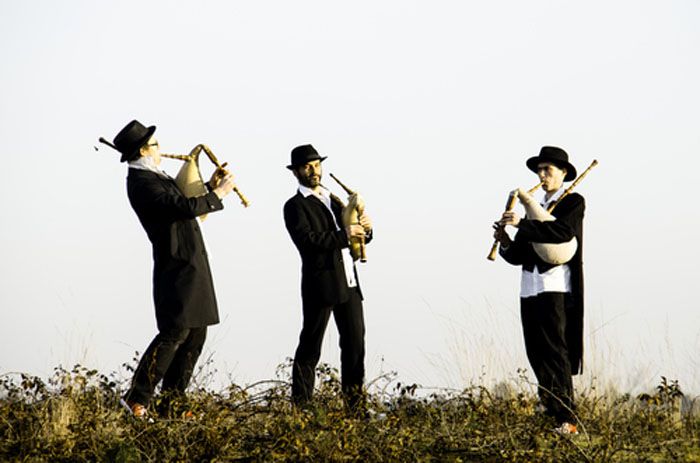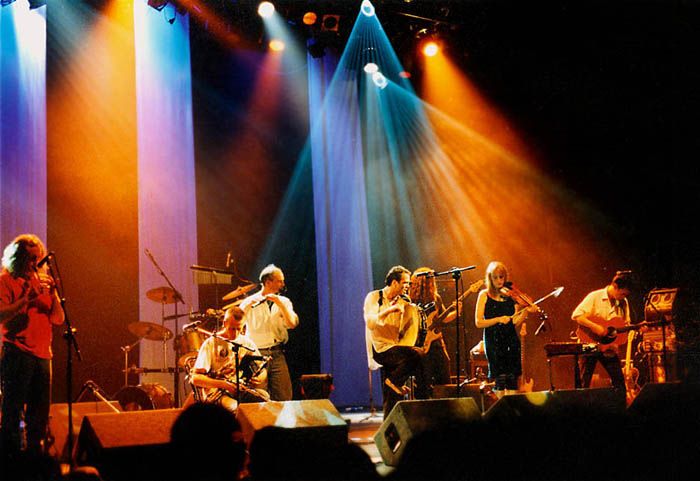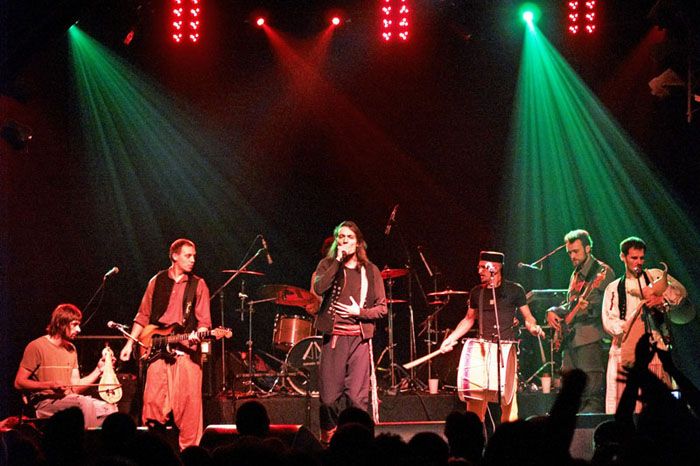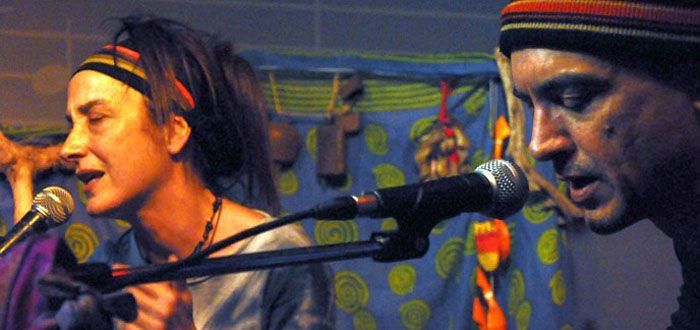Sites in Split: Salona, The Ruins of an Ancient City
Travellers visiting Split often miss a trip to the ruins of the Roman city of Salona only five kilometers from the city as it has been overshadowed by the popular Diocletian’s Palace, built later.
The first traces of life in Salona began in the first millennium BC when the Greeks set up a marketplace here. After the Romans conquered the region, a city was formed and became the capital city of the Roman province of Dalmatia. Other than vandalism by the Venetians, Salona was mostly destroyed in the 6th century during the invasions of the Avars and Slavs where after, the citizens of Salona took refuge in Diocletian’s Palace. Actually, Salona was Diocletian’s hometown before he retired to his new palace in Split.
Amongst the impressive remains, you will find the tops of the arches of a 1st century aqueduct where water came in from the nearby River Jadro, as well as the relics of thermal baths used by Romans.
In Salona you will find the magnificent remains of a 2nd century amphitheater, which was believed to have a capacity of up to 20,000 spectators. Unfortunately, Venetians destroyed the amphitheater in the 17th century, stripping it of marble to use for their palace. An interesting feature, unseen in other Roman amphitheaters, is that it has underground channels.
Another fascinating site is the Manastirine, one of the largest open graveyards where early Christian martyrs were buried. Although archeological digs here are not complete, one thousand sarcophagi, burial chapels, and graves have been discovered, one believed to be that of Saint Domnius (Sv. Duje), patrol saint of Split and 3rd century bishop of Salona. By the entrance to the Manastirine is a sarcophagus with the remains of the 19th century Croatian archeologist Don Frane Bulić who devoted his career to the study of Early Christian artifacts, particularly those in Salona. Adjacent it’s the Tusclulum, once the base of Don Frane Bulić’s archeological work and today a museum.
In the episcopal complex, you will also come across the ruins of Early Christian graveyards with basilicas from the 4th century. Next to the city walls is the oldest, ‘basilica of the five martyrs’ built over the graves of five martyrs; priest Asterius and four soldiers of the imperial guard. On the site, there is also a 5th century three-nave cathedral and an impressive octagonal baptistery. Other than the two basilicas to be seen in Salona, an additional eight have been discovered however, their movable monuments are now displayed in the Archaeological Museum of Split.
To get to Salona (Solin), take bus 37 towards to Trogir from the main bus station (Sukoišan) on Domoviskog rata.
EthnoAmbient, A Celebration of World Music In Solin
Maybe it's on the short notice, but this Friday and Saturday bring one of the most interesting music events Central Dalmatia can offer, two-day EthnoAmbient Salona festival in Solin. This celebration of cultural diversity is 17 years old, and over that time some of the leading names of the World Music movement. Same will happen this year on the edge of the site of ancient Roman city of Salona, and no matter who performs, EthnoAmbient always bring a lot of fun, and some wild entertainment, like seen on our main picture of one of the previous performance by Kries.
Tonight, on Friday, two excellent bands will take their place on stage in Gradina, excellently preserved remains of the 14th century fortress. First comes a trio of bagpipe players Griff Trio from Belgium, with re-interpretation of old Flamish songs. As it is written on festival web site, "they found the roots they can still feed on while staying deeply present in their own current lives and expressing their own authenticity and creations".

Second performer of the night is excellent seven-member band Kíla from Ireland, one of the pioneers in rediscovering roots of the Irish music roots. Among their dedicated fans are Sinead O'Connor and U2's Bono Vox. They recorded nine albums so far, and became one of the most influental performer of the Irish folk.

Second day brings tunes more familiar to the Croatian and Mediterranean culture. Kries is the "house band" of this festival, since its leader Mojmir Novaković is the founder of EthnoAmbient Salona. This time they will present several new songs from band's third album, strongly influenced by Croatian folklore.

Finally, Greekadelia is the artistic duo from Greece, consisted of Kristi Stassinopoulou and Stathis Kalyviotis. They performer in Solin earlier, with big success. Described on the official web site: "Their work is still based on the traditional music of Greece and is influenced by Kristi and Stathis' inspirations they gathered living an urban life and on their travels".

Tickets are available at the gate, or in the Solin Tourist Board souvenir shop in the center of Solin.

